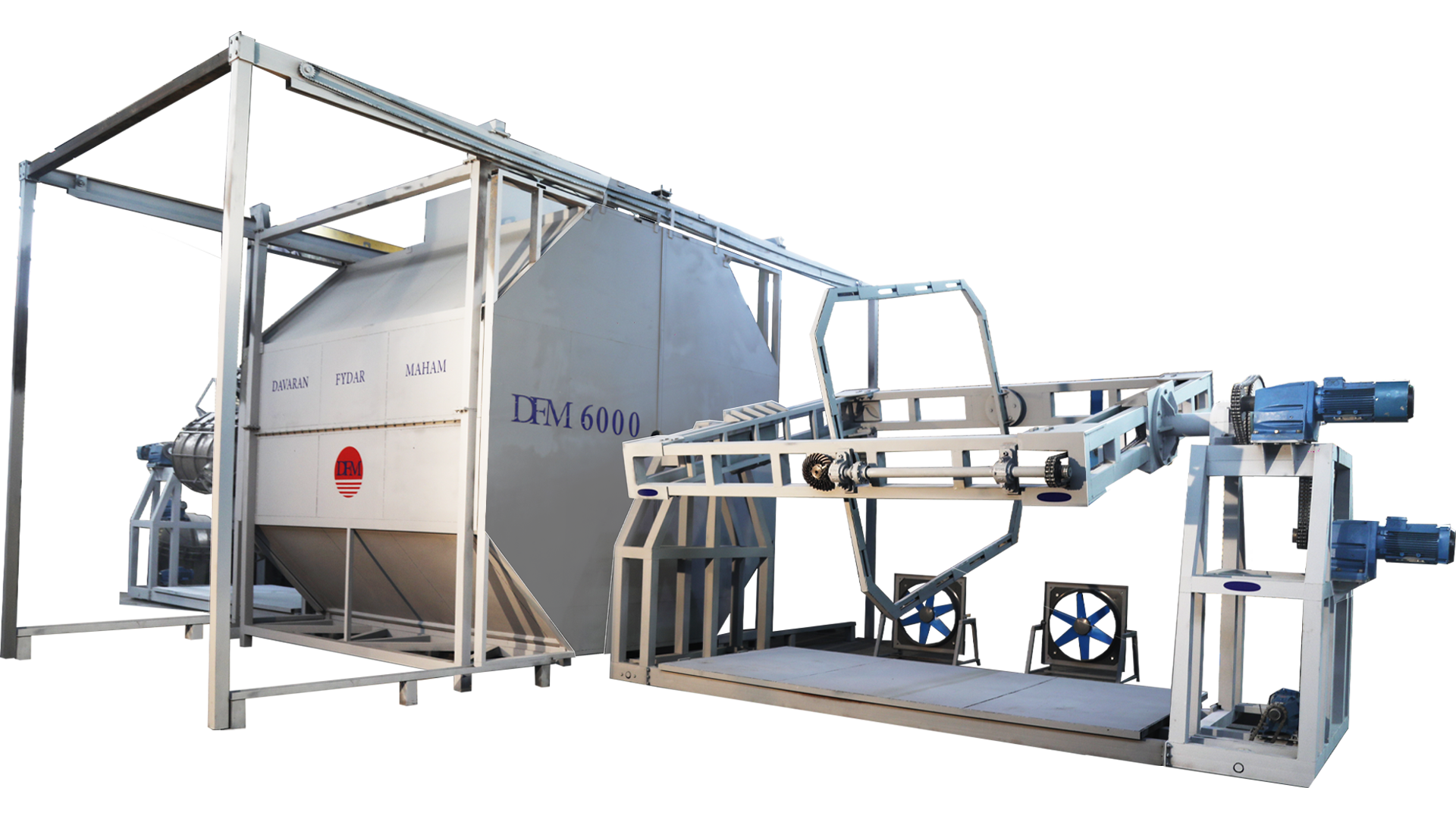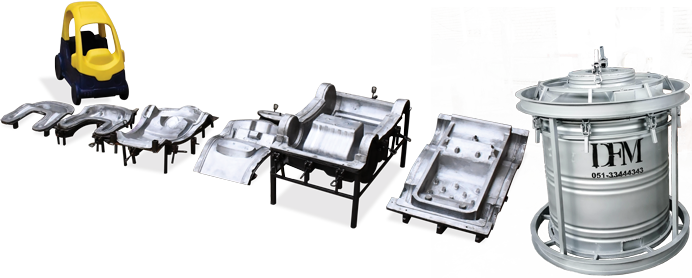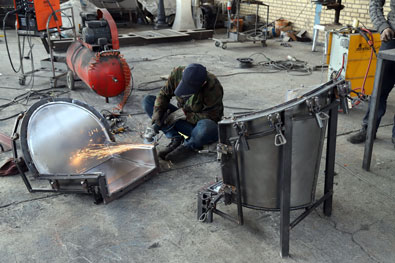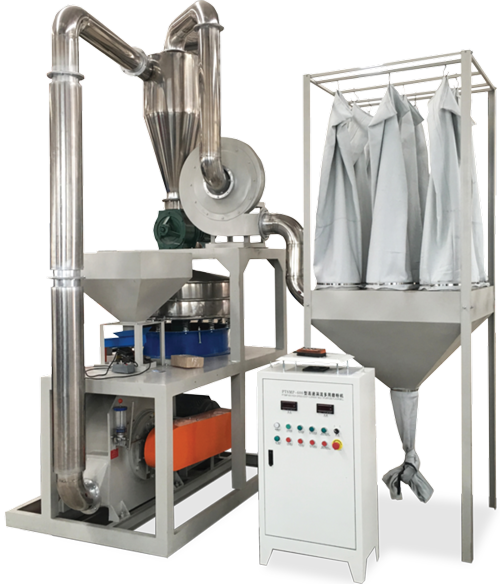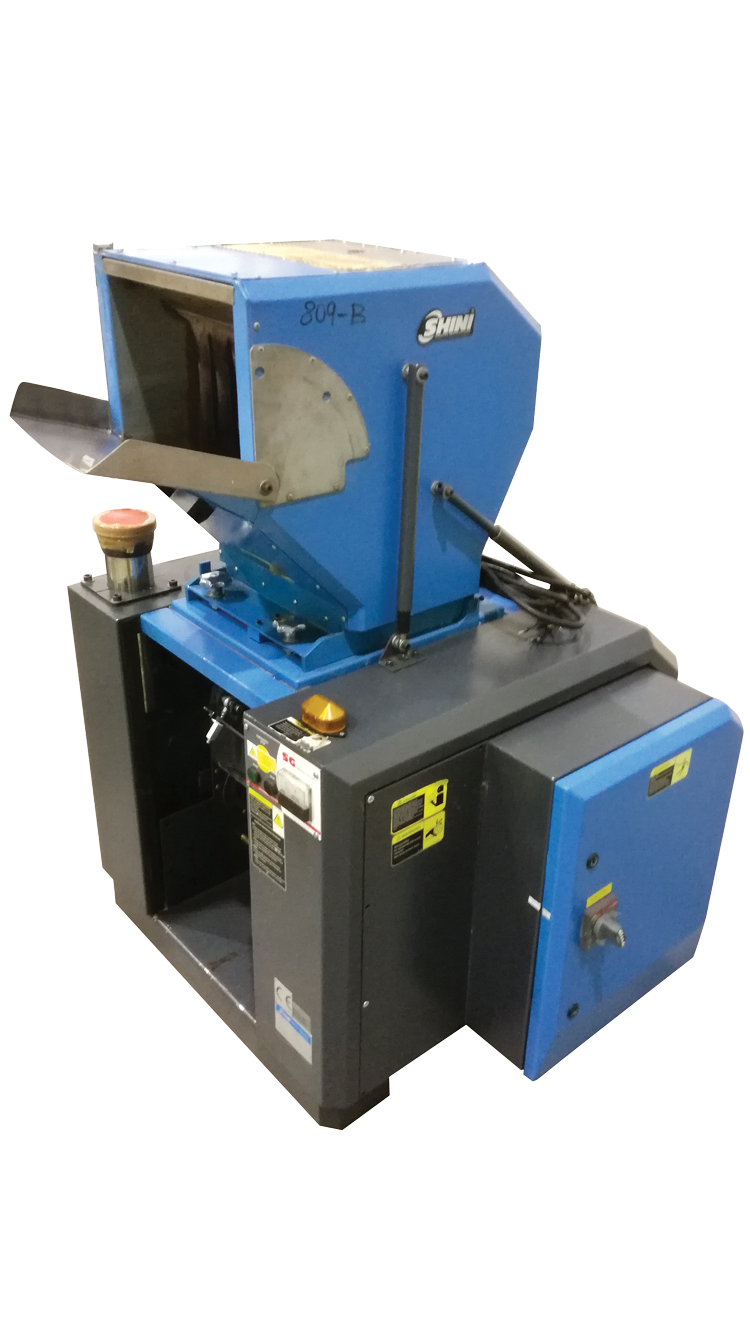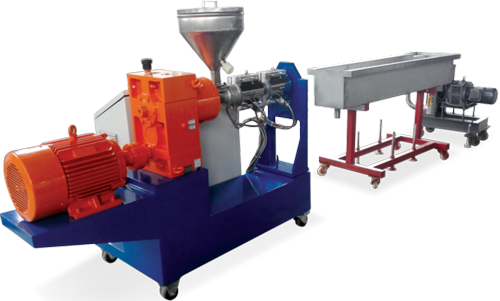Pressure Vessel Iron Sheet Mold
Manufactured in Davaran Fidar Maham Co.
Plastic pressure tank is available in 150 liter capacity. Polyethylene, as the main material used in producing the product, has benefits, alongside its’ high strength and durability, which are as below:
- Since most of rotational molding’s raw materials are produced in Iran, plastic products are fairly cheaper here.
- Usable outdoors, under direct sunlight, and any temperature.
- Corrosion resistance in contact with moisture.
- Damaged areas will be easily repairable.
- No chemical reactions between the tank and the fluid inside.

 فارسی
فارسی